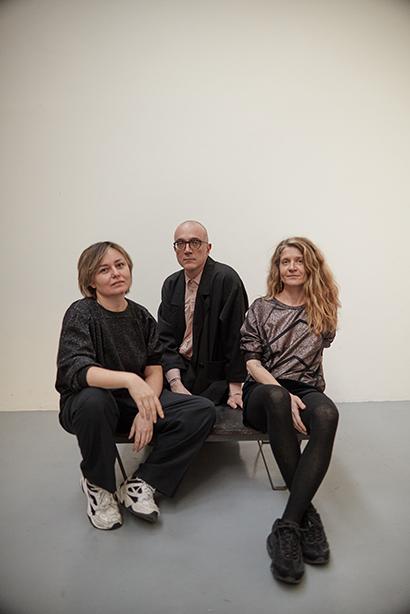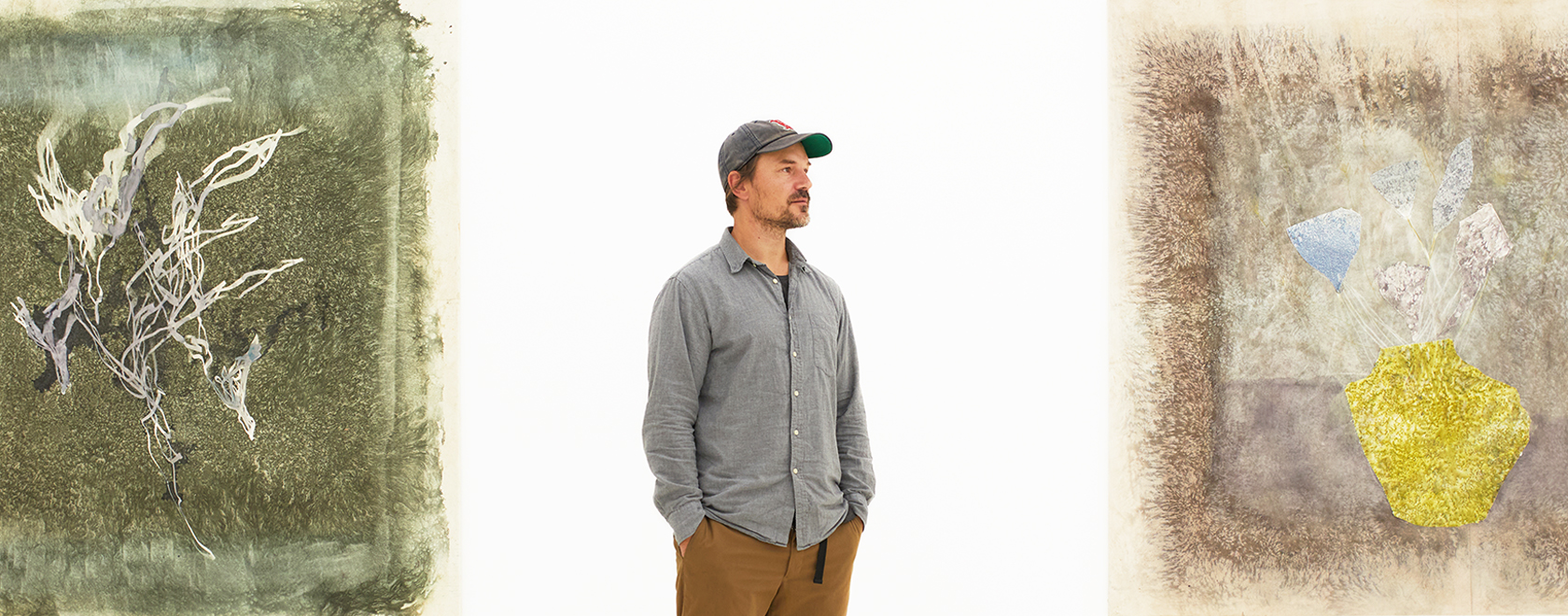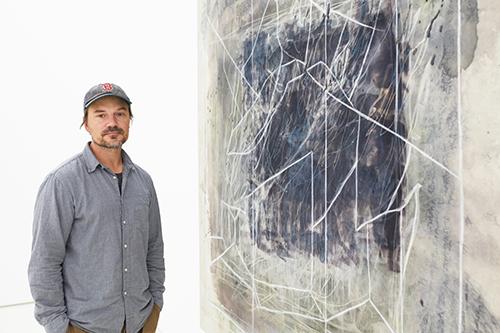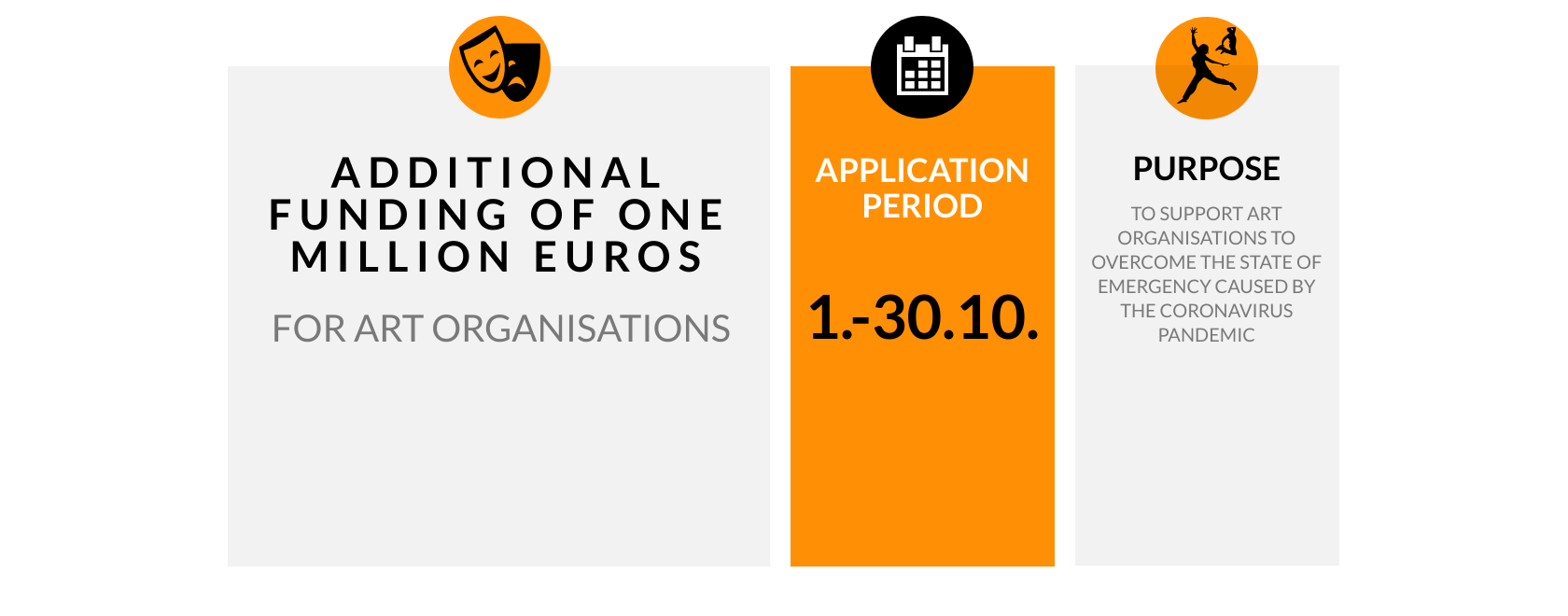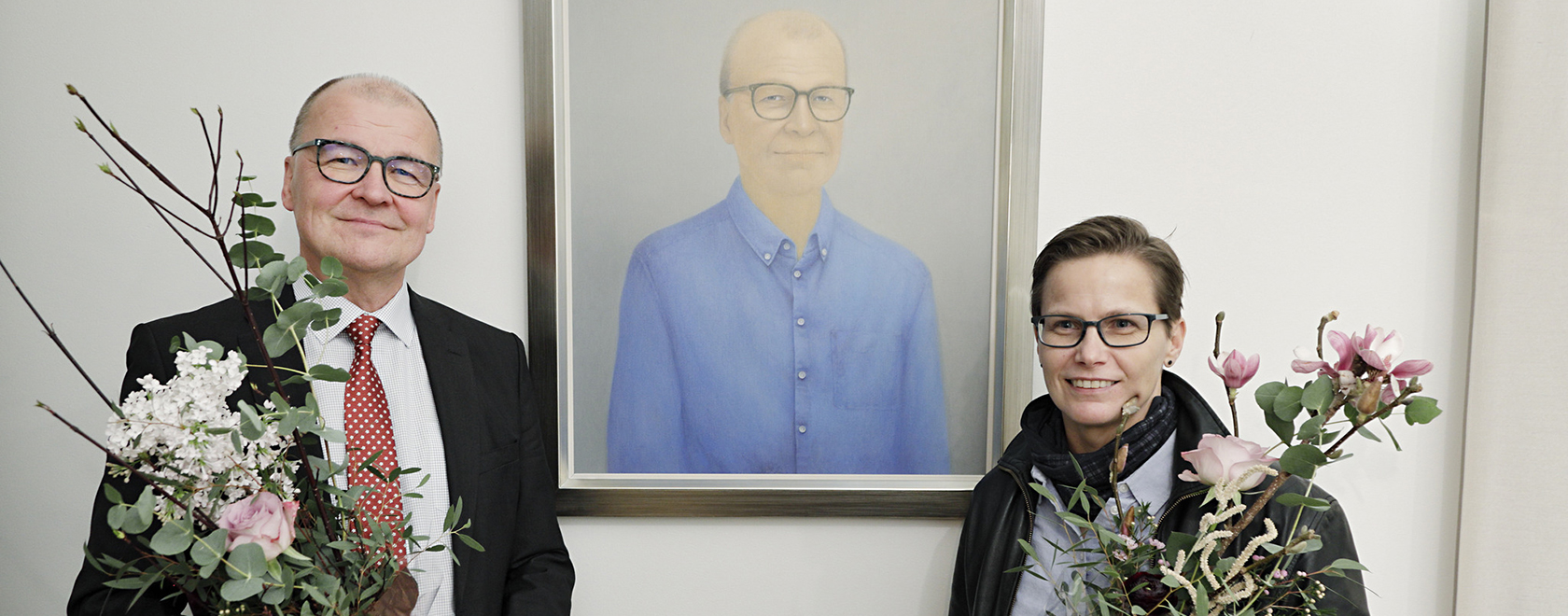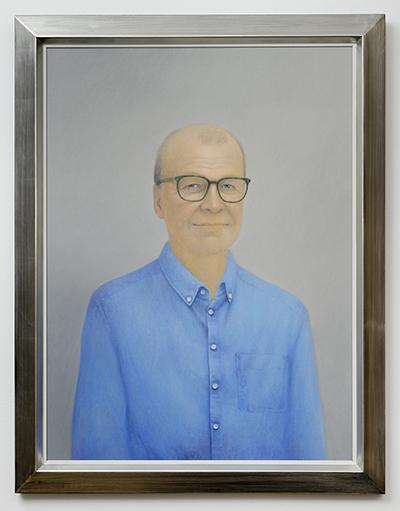Would you like a boxful of performing arts?
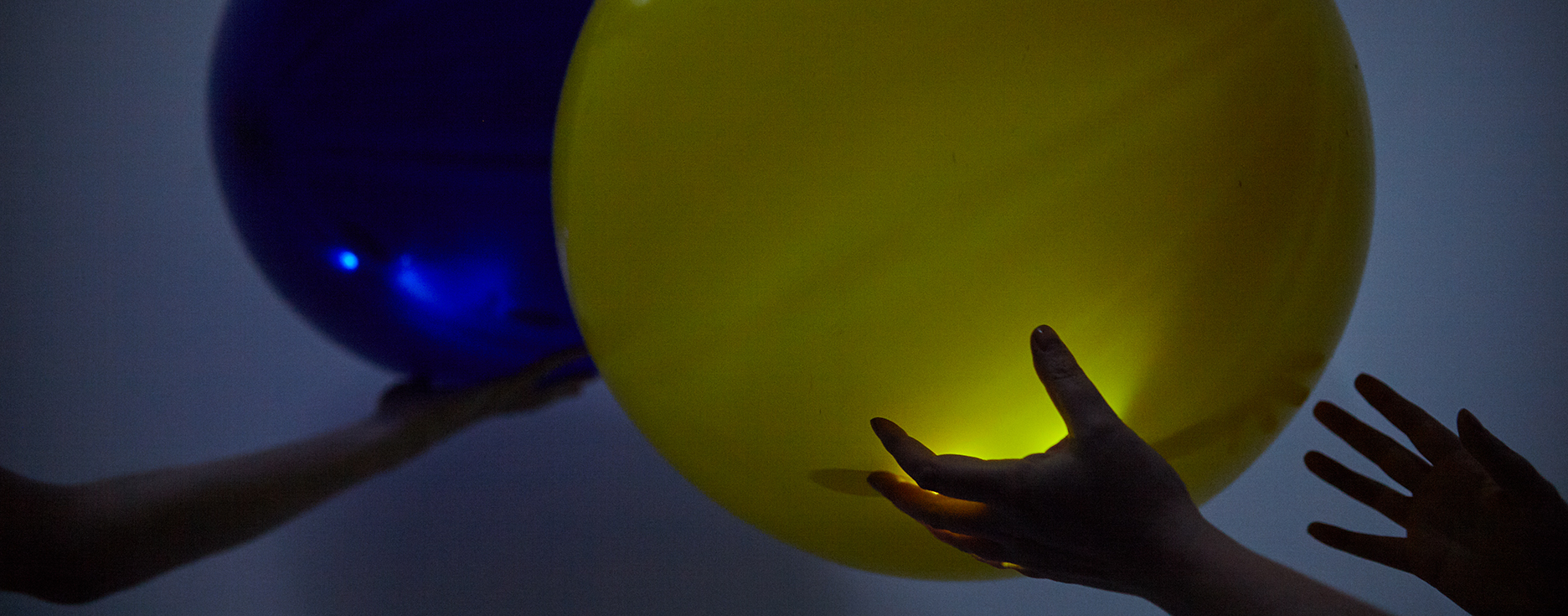
Every now again there is a public debate about the role and duty of the arts. This is a good thing and the subject should be discussed even more often, believes curator Eva Neklyaeva, who likes to experiment with her work to find out what effect art can have on the community, culture, politics, and peoples’ lives.
She is especially curious about forming a meaningful connection between art and the audience. Due to the COVID pandemic, this connection has been broken for almost one and half years, which has jeopardised the income of many artists, and made Neklyaeva come up with new types of solutions to the difficult situation.
“If we make space for art, then we as a society take a stand in what we believe in.”
– My curatorial thinking starts with a need, and all performing artists that I know have been left without work and opportunities to meet with an audience. We need new and different forms of art, says the former director of the Santarcangelo Festival, Baltic Circle Festival, and the non-profit Checkpoint Helsinki art organisation.
What Neklyaeva is most concerned about is that art and culture are not considered basic services. For her it is difficult to understand why shops are allowed to stay open but museums are forced to keep their doors shut.
– Human relations, love, and nature bring meaning to our lives, and art and culture are definitely on that list. These things cannot be defined by their financial value but if we make space for art, then we as a society take a stand on what we believe in, Neklyaeva says.
The need for new art forms is permanent
The solution to an exceptional situation was eventually formed with two colleagues,Lisa Gilardino and Marco Cendroni. The trio invited artists that they had worked with before to create a way to pack a performance in a box, and then post it to the audience.
The project was named Samara Editions, which refers to a double-winged fruit of a maple tree, which floats from the tree to the ground with the wind. The first show was produced with Italian choreographer Chiara Bersani but Neklyaeva doesn’t want to talk about its content too much – a big part of the charm is the excitement of the unpacking experience.
– In her performance Chiara talks about how there are a lot of heavy things going on right now, and we have very little opportunity to process the feelings caused by these events. We cannot even take part in events like funerals and weddings that normally allow us to feel sadness or joy. She intends to give the audience instruments that can be used to create new types of rituals at home, says Neklyaeva.
The Samara Editions artworks can be purchased online and almost 700 boxes have been sent all over the world already. The project was also shown to the audience of the Oslo International Theatre Festival, and it will be part of the Spring Festival in Utrecht, in The Netherlands, in May. The next part of the series is currently under construction with the Finnish artist Jenna Sutela.
Even though the concept was born in the middle of the COVID crisis, Neklyaeva hopes that it doesn’t stop there. She says that the need for new art forms is permanent. It is not possible for everyone – for financial or other reasons – to fly to Europe to go on a tour, and even if they could, it wouldn’t be sustainable. For the artists involved the project provides an opportunity to examine their works from a new perspective.
– I hope that there would be more space for experimenting and playfulness in general, and that art wouldn’t be an exceptional experience but a part of everyday life, Neklyaeva says.
Curator Eva Neklyaeva received a 15 000 euros grant in 2021 for her Softshell project that sends art into people’s homes.
